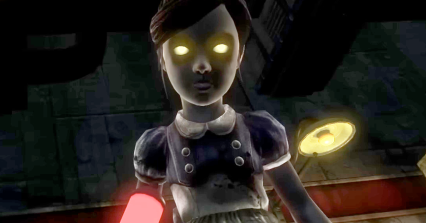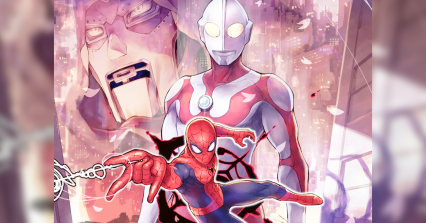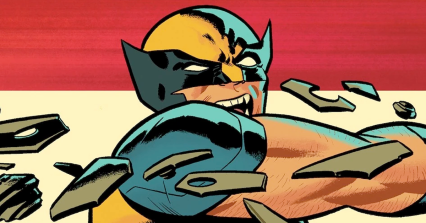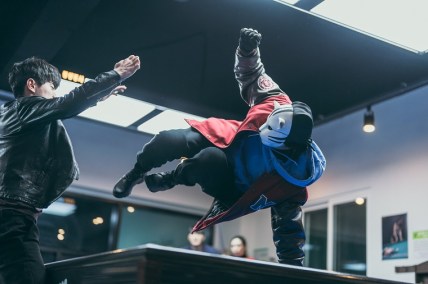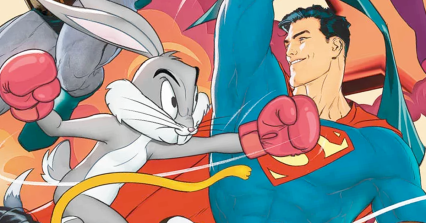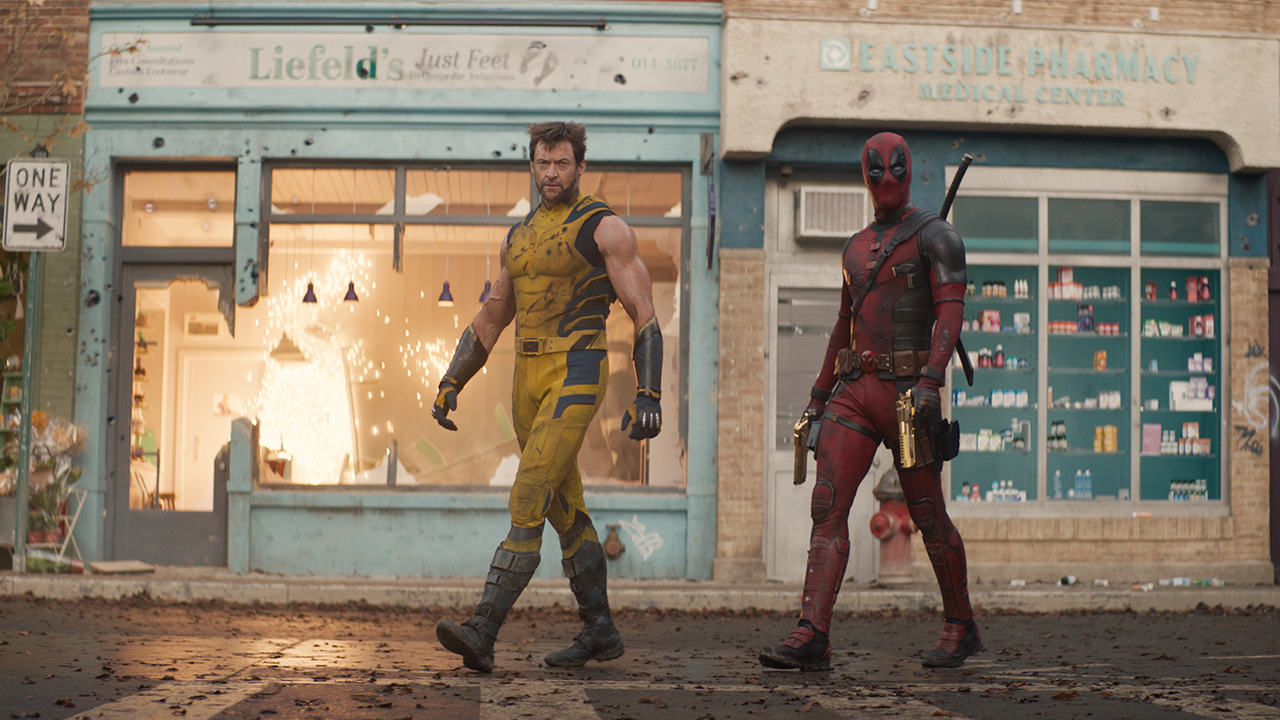Japanese Communist Party Seeking To File Formal United Nations Complaint Regarding Manga Featuring ‘Sexy’ Female Characters

In sadly proving that the ongoing war against creative freedom is not just limited to entertainment in the West, it appears the Japanese Communist Party is preparing to file a formal complaint with the United Nations regarding the continued depiction of ‘sexy’ women in Japanese magazines and manga.
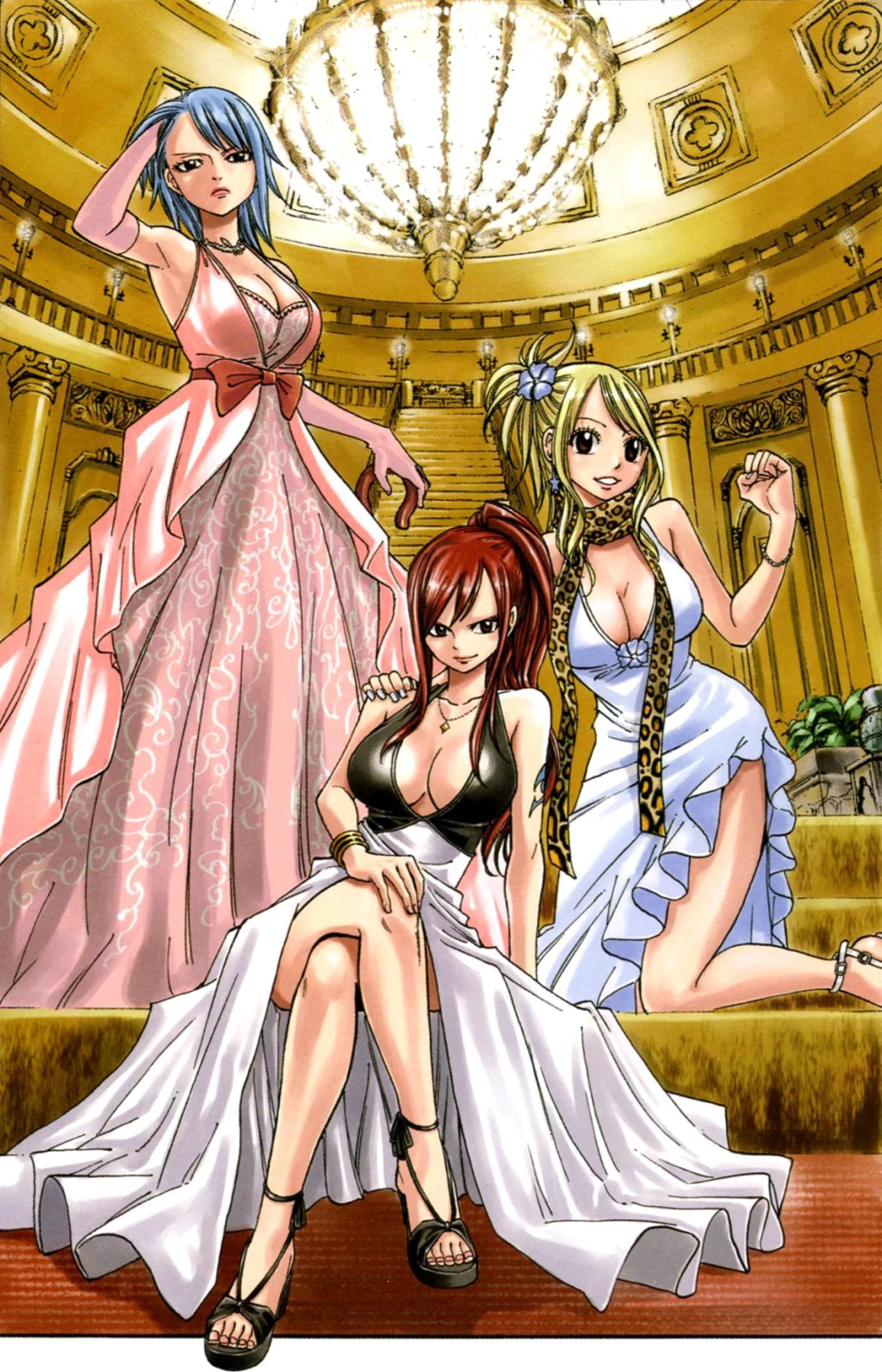
The party’s latest political play was first revealed on March 18th courtesy of Misato Nakayama, a user on the Japanese open blog website Togetter.
“I scanned a QR code in the Shimbun Akahata [the local newspaper publication of the Japanese Communist Party] and looked at the survey being conducted by [Japanese feminist organization] the New Japan Women’s Association,” wrote Nakayama, as machine translated by DeepL. “It seemed that they were conducting a survey about magazines. The question was, “Were there any magazines in the store that you were interested in, such as adult-oriented magazines?”
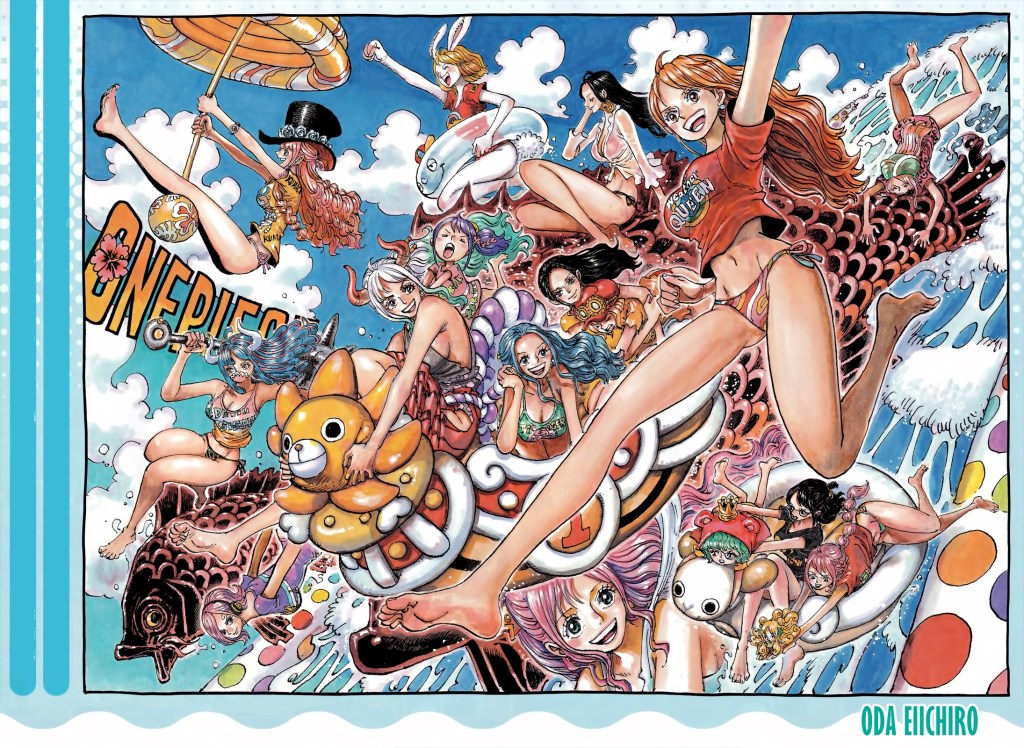
However, far from just actual pornographic ‘adult’ magazines, many of the titles listed for selection in the survey were manga magazines for both younger (shonen) and older (seinen) male demographics – the latter of which tend to include photoshoots of real-world female models – including Akita Shoten’s Weekly Shōnen Champion, Shueisha’s Weekly Young Jump, and Hakusensha’s Young Animal (this last entry perhaps best known as the home magazine of the late Kentaro Miura’s Berserk).
The reason for this survey? To help the Japanese Communist Party file a formal complaint with the United Nations regarding the continued allowance of ‘sexy’ female depictions in media.

RELATED: Japanese Communist Party Politician Hits Campaign Trail With Unauthorized Pikachu Sidekick
“In a three-day preliminary survey (517 stores) conducted at the end of December, we found that adult magazines in convenience stores, which we thought had disappeared through our campaigns and surveys, were making a comeback in various locations,” explained the Japanese Communist Party in the survey’s preamble.
“This time, we will conduct a full-scale nationwide survey,” they detailed. “We will investigate whether there are adult magazines that treat women as sexual objects in convenience stores that are used by everyone regardless of gender or age, and submit a request to the convenience store headquarters with the results. We will also include a report to the United Nations Committee on the Elimination of Discrimination against Women (CEDAW).”
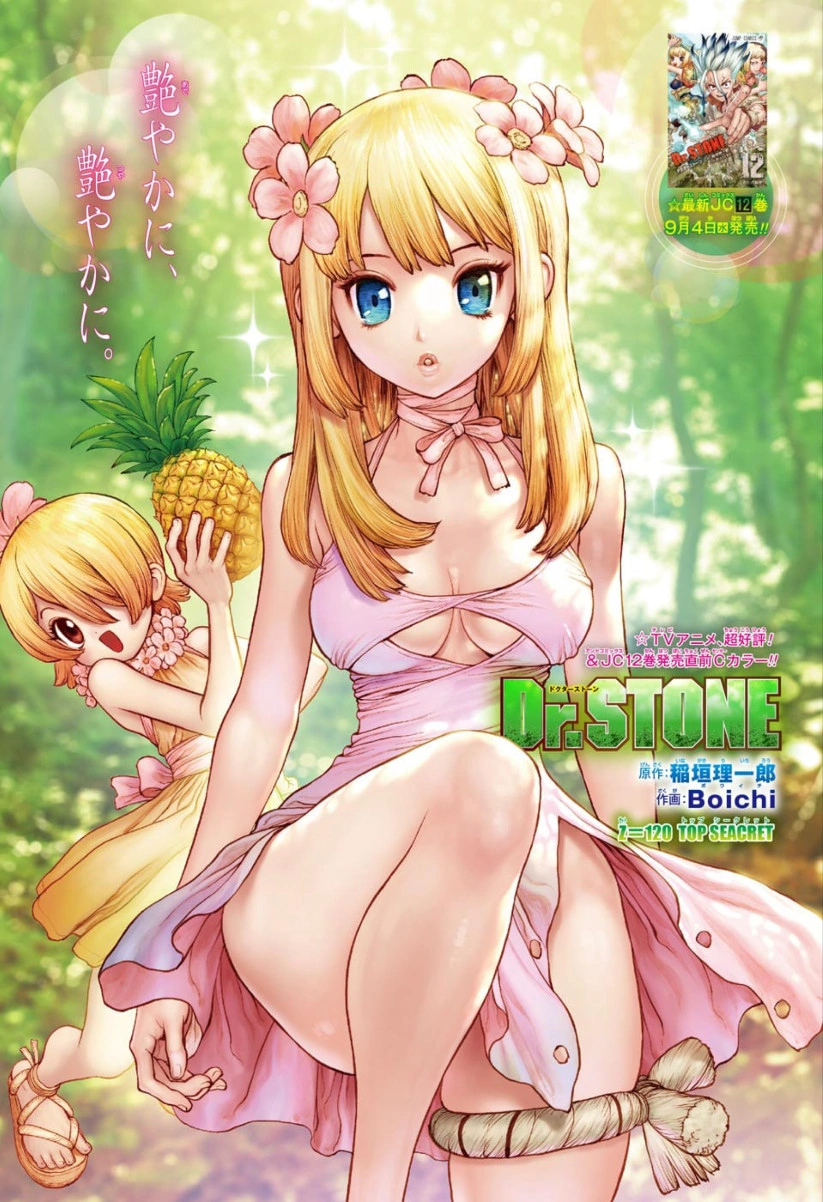
Notably, this is not the first time the Japanese Communist Party has taken aim at attractive female characters in entertainment.
In November 2022, Shimbun Akahata published an essay in which its author, a party member, took extreme issue with the ‘strong ‘male perspective'” in Square Enix’s Dragon Quest series, particularly in regards to how it portrays its female characters.
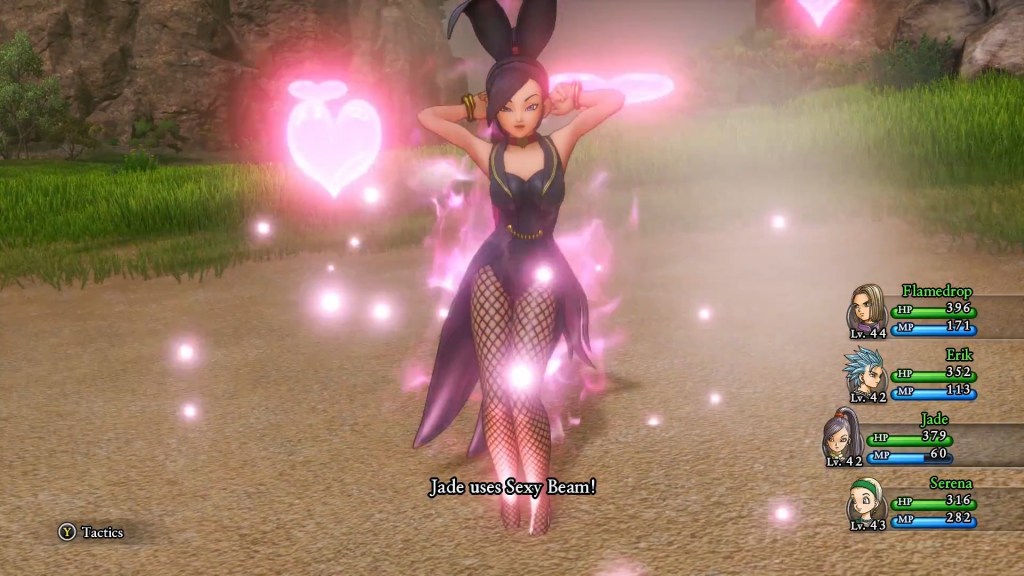
“For example, the ‘chosen hero’ who was born to save the world is a male,” wrote the party member. “There’s even a childhood friend who continues waiting and saves herself for the hero. Even for roles and abilities, male characters are generally assigned to attack, while female characters are assigned to heal and support,” he continued. “The way they speak (using -daze and -dawa endings) is also stereotyped by gender.”
“The excessive ‘sexiness’ of the characters is also concerning, such as the character model for the female martial artist that focuses on her breasts and hips, and the use of bunny-girl outfits as armor for female characters,” they further complained. “The fact that many towns have sexually-oriented areas is also problematic.”

More About:Manga


